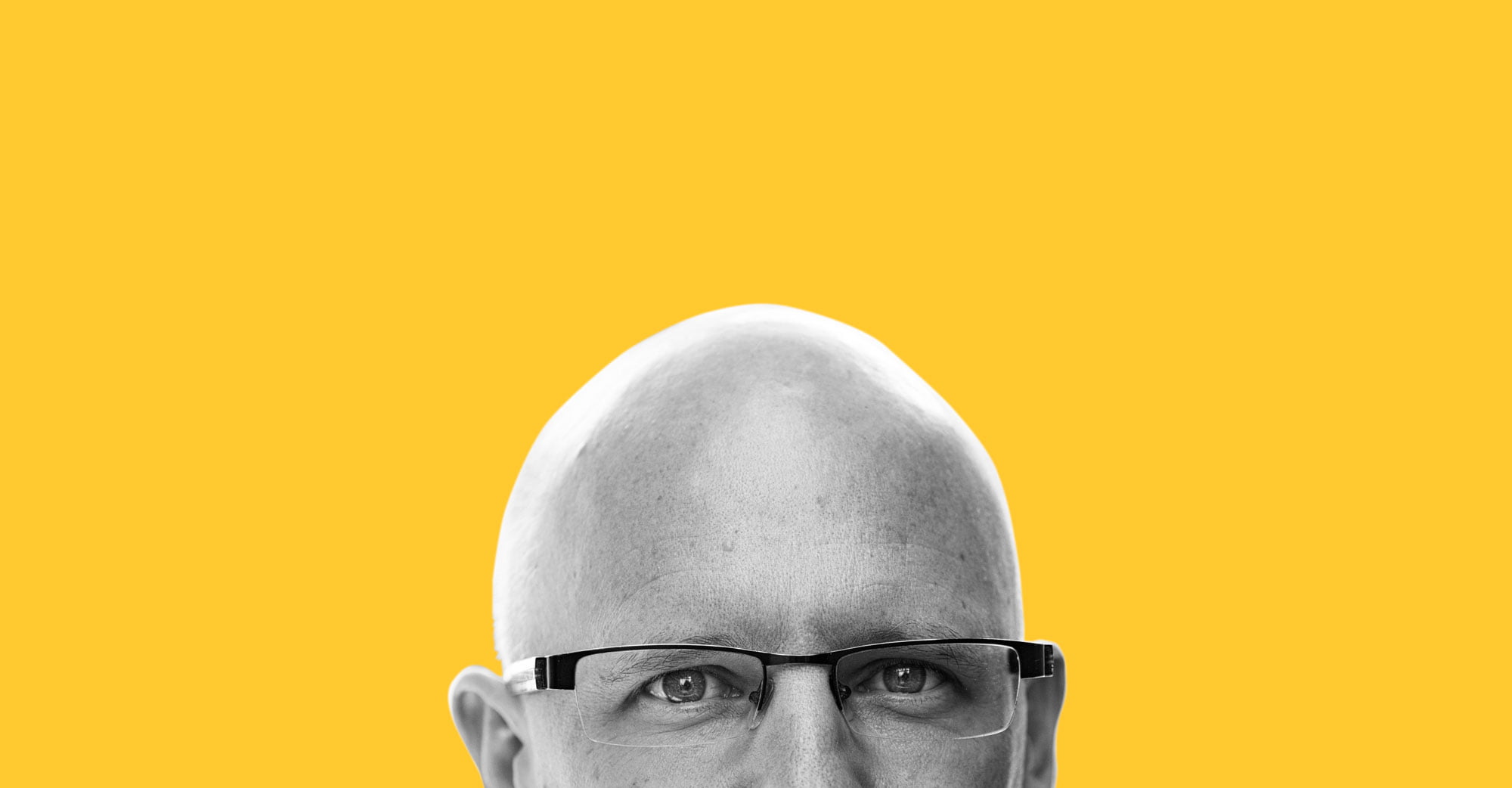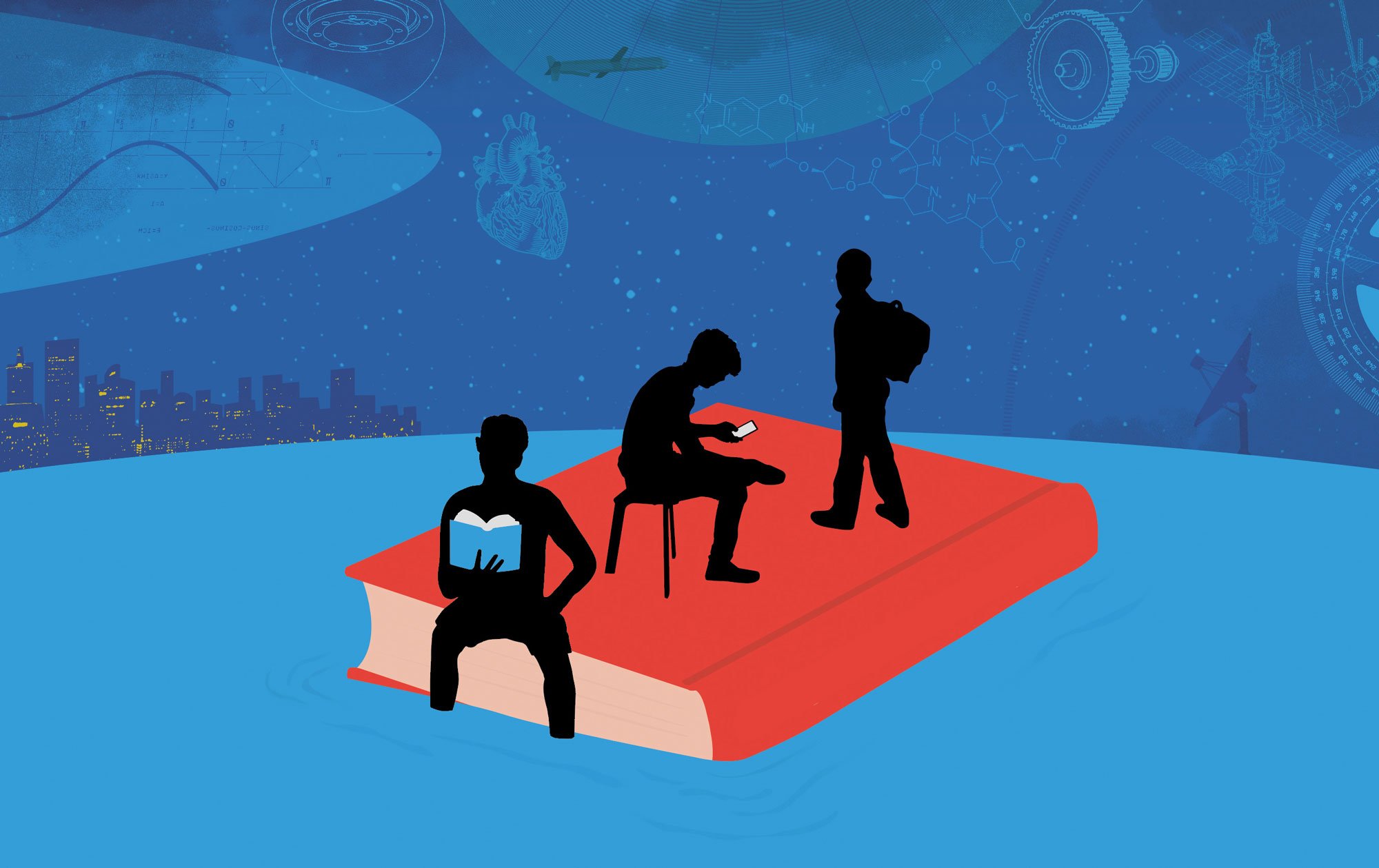Our brains are built for learning, and they love doing it. But they respond much better to some methods than to others. Cognitive neuroscientist Stanislas Dehaene explains what works – and where there is room to improve.
Takeaways
- The brain is an innate learning machine, more advanced than the world’s most sophisticated supercomputers.
- We all absorb knowledge in the same way. It’s just the speed and level that differs.
- We’re programmed to enjoy learning – it triggers dopamine production in our brain.
- Grades don’t tell us where we went wrong, and they come too late for us to use the feedback.
- Sleep is an essential part of our brain’s learning process.
Hands up, which of you remember spending at least some of your school lessons looking out of the window, wishing you were somewhere else? Or perhaps you were that person sitting at the back, hunched forward, in deep sleep, forehead flat against the desk?
Boredom is rife in many a classroom. But it doesn’t have to be like this. Our brains are, in fact, designed to learn. We only get bored when we’re not learning. More than that, we’re programmed to love it, says the French cognitive neuroscientist Stanislas Dehaene. “In our brains the discovery of previously unknown information brings its own reward: it activates the dopamine circuit.”
He goes on to emphasise how wondrous it is that we have such a thing as education. “We are the only ones to organise a whole system, a whole society even, to maximise the potential of the learning brain. That doesn’t exist in any other species.”
Yet, if we are so smitten with learning, why don’t more of us love school – our primary learning environment? According to Dehaene, teaching methods are often not in line with developments in the last 40 years of cognitive science. In his book, How we learn, he reveals how to amplify our capacity to learn based on what works best for our brains.
Stanislas Dehaene is an award-winning cognitive neuroscientist and professor at the Collège de France. Specialising in the cerebral basis of language, calculation and reasoning, he has written five books as well as authoring over 100 scientific research papers.
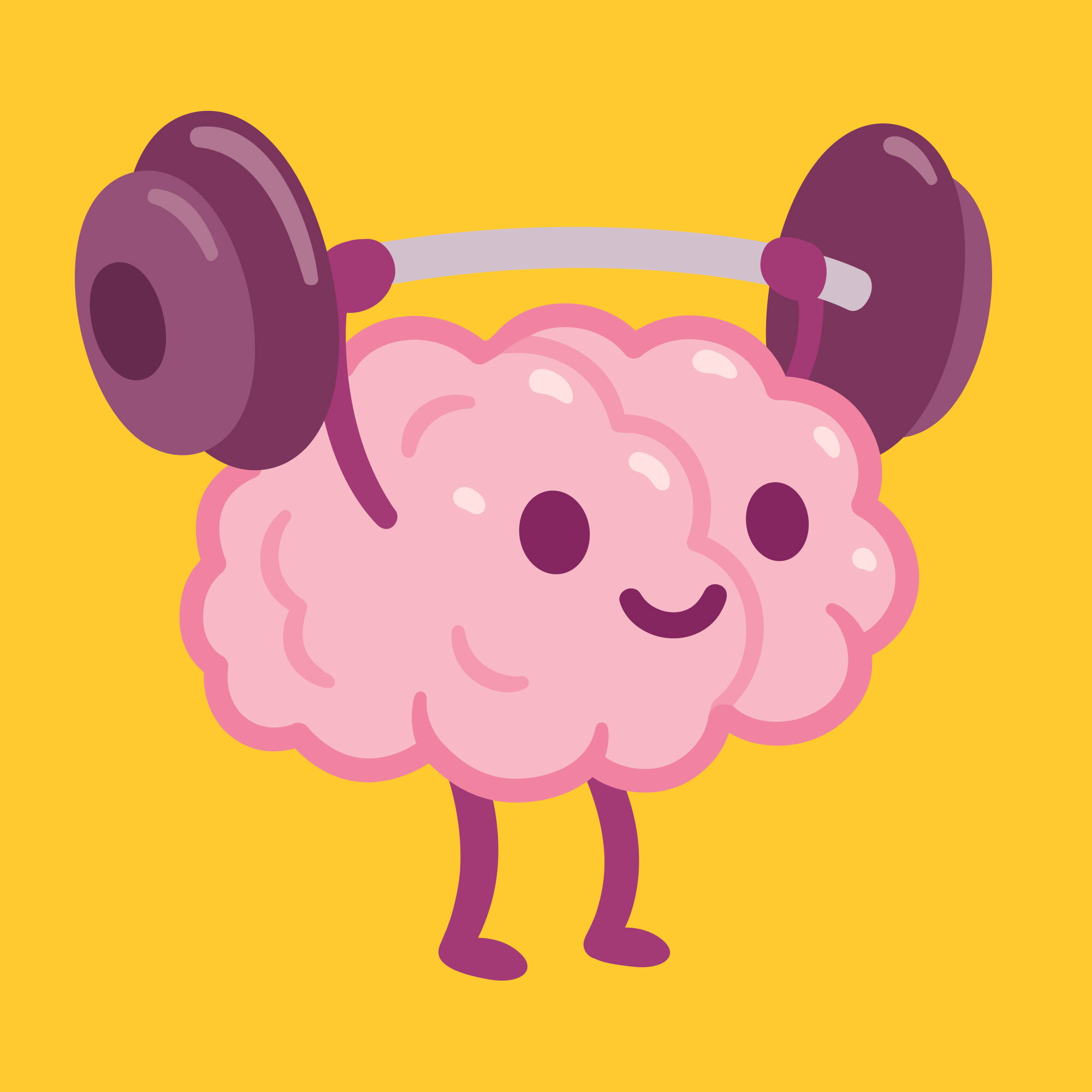
Sit still and listen?
One crucial principle Dehaene describes as a ‘pillar of learning’ is active engagement. It’s about getting students to think for themselves. And this is hard to achieve in a traditional classroom setting, with a teacher in front, talking at the students. It “tends to discourage children from participating or even thinking,” Dehaene says. “All solutions that force students to give up the comfort of passivity are effective,” he adds, stressing that learning should be a “cognitive activity” instead of a “behavioural activity”. In short, students may be doing exactly what is required, sitting still and listening, but if they are switching off mentally, nothing is gained.
“We need to treat the child as the supercomputer that it is”
Piquing children’s curiosity is half the battle because the more curious you are about something the more likely you are to remember it. The two are interlinked. As infants, we are all born as extraordinary learners, with an innate curiosity, like scientists. As a scientist himself, Dehaene managed to hold on to that curiosity, but this is not always the case in our journey through the school system. “We need to treat the child as the supercomputer that it is. It’s the best supercomputer that we have on Earth at the moment.” And these supercomputers need a lot of stimulation.
Dehaene describes an experiment involving a device covered with interesting buttons and levers. As soon as a teacher starts pointing out what specific buttons do, the child is no longer interested in exploring it. It kills their curiosity because they assume that the teacher has told them everything they need to know and there’s nothing left for them to discover. “There’s a very important message here. The trick is to find a way where there’s both formal teaching and a lot of exploration.”
The style myth
This brings us to one of education’s most prevalent myths – one that Dehaene is keen to dispel: the idea that children have different learning styles. There is a belief that some students are better at learning visually, while others need to learn through listening or doing. Research has shown this is simply not true. We all learn in the same way, but just at different paces and levels, which is why it’s so important to get the level right.
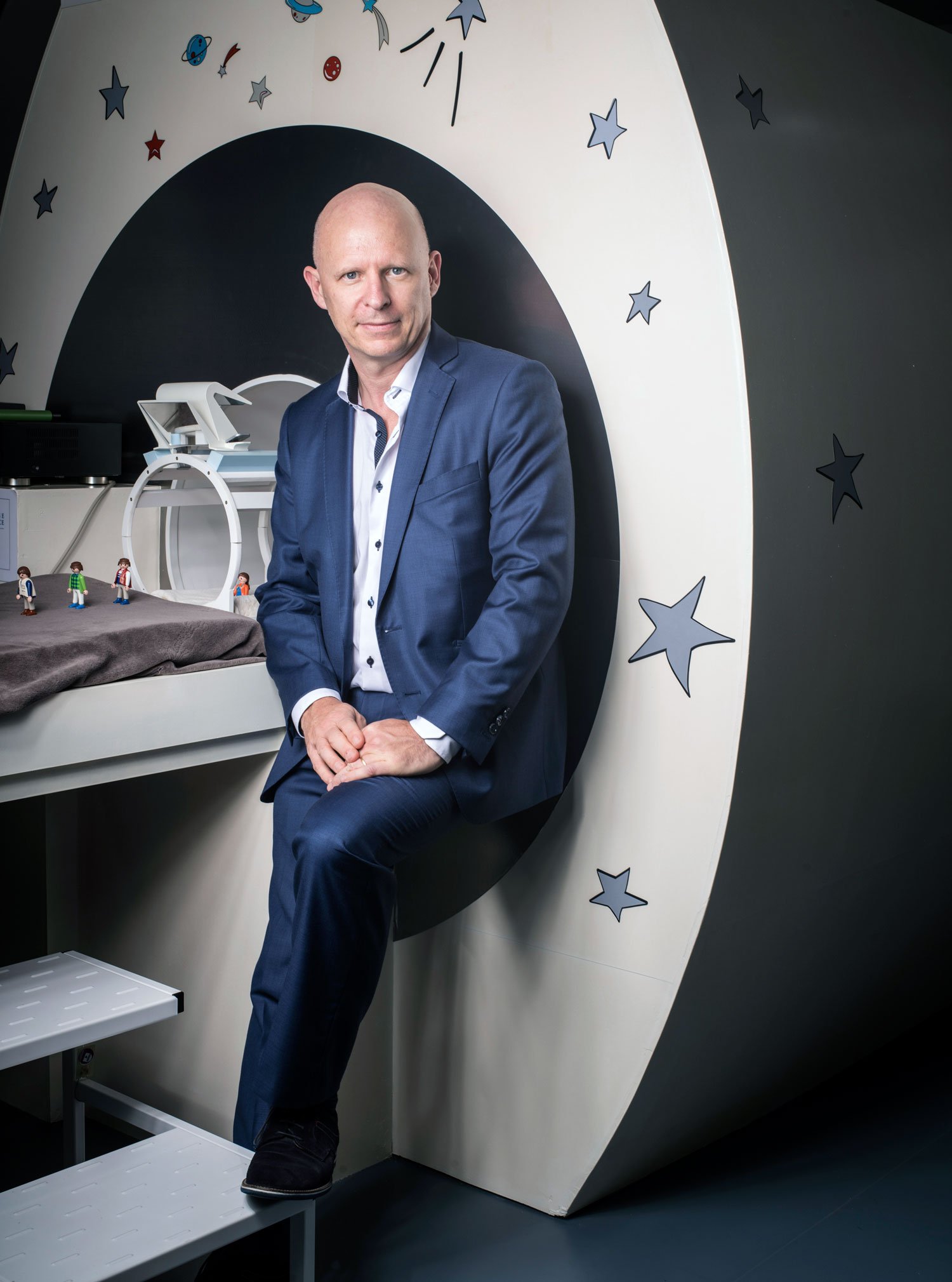
Modern MRI imaging has opened the door to a better understanding of how the brain learns.
Photo: Franck Ferville / Agence VU
This is easier said than done, especially in classrooms with over 30 children to one teacher. Getting students to work together is a good solution. It frees up the teacher and keeps kids engaged. “When you create pairs of students where the more advanced student helps the younger or less advanced student, both learn,” Dehaene says. This works because in teaching others, the advanced students are forced to find a clear way to formulate what they know, and discover areas they are less sure about. He is particularly impressed by the Montessori system, where “the teacher has a lot of time because kids work alone or in small groups with very well designed materials that are fun and promote learning”.
Test to impress
One of the most surprising insights coming from current research is that we learn more from regular testing than we do from extra lesson time. Testing doesn’t necessarily entail doing a formal exam, it’s more about brief, daily testing during class and can involve doing an exercise, using flashcards or having the teacher ask questions after introducing a new concept. The best is to alternate teaching and testing, even within a single lesson.
“Teachers think that evaluation is for them … but testing is really for the learner”
“Teachers think that evaluation is for them to get an idea of what the kids are doing, but according to the recent science, testing is really for the learner,” Dehaene says. “It’s an essential part of the learning algorithm. You learn when you test yourself.” In this sense, testing and evaluation are misunderstood by teachers, he believes.
To grade or not to grade?
Closely linked to testing and also misunderstood – or misused – are grades. While feedback is another vital ‘pillar of learning’, grades are not effective because they don’t tell you exactly what went wrong, Dehaene explains. Also, they tend to come several days or even weeks afterwards, when you no longer remember what was being tested. “The only way they are used now is as a sort of motivation – I got a bad grade, I should work more – that’s a very limited way to use feedback.”
If you think back to your school days, you’ll remember how demotivating it was to come home with a low grade. It robs us of an opportunity to learn, because it communicates a failure instead of a way to help us improve. Our brains learn from mistakes. But only with sufficient feedback.
Music teachers get it right in many ways, when it comes to feedback, according to Dehaene. After teaching something new, they quickly move on to one-on-one correction, repositioning a finger, or commenting on the posture. The feedback is detailed and immediate, but non-judgemental. “When you give a Mozart piece to a young pianist, you don’t expect it to be perfect the first time. Music teachers remain totally relaxed – they know that it’s completely normal to make errors.” This is what it should be like in our schools. “Teaching based on very careful description of what needs to be done, relaxed feedback, frequent rehearsal and having fun!” Fun is the part of the education equation that tends to be forgotten.
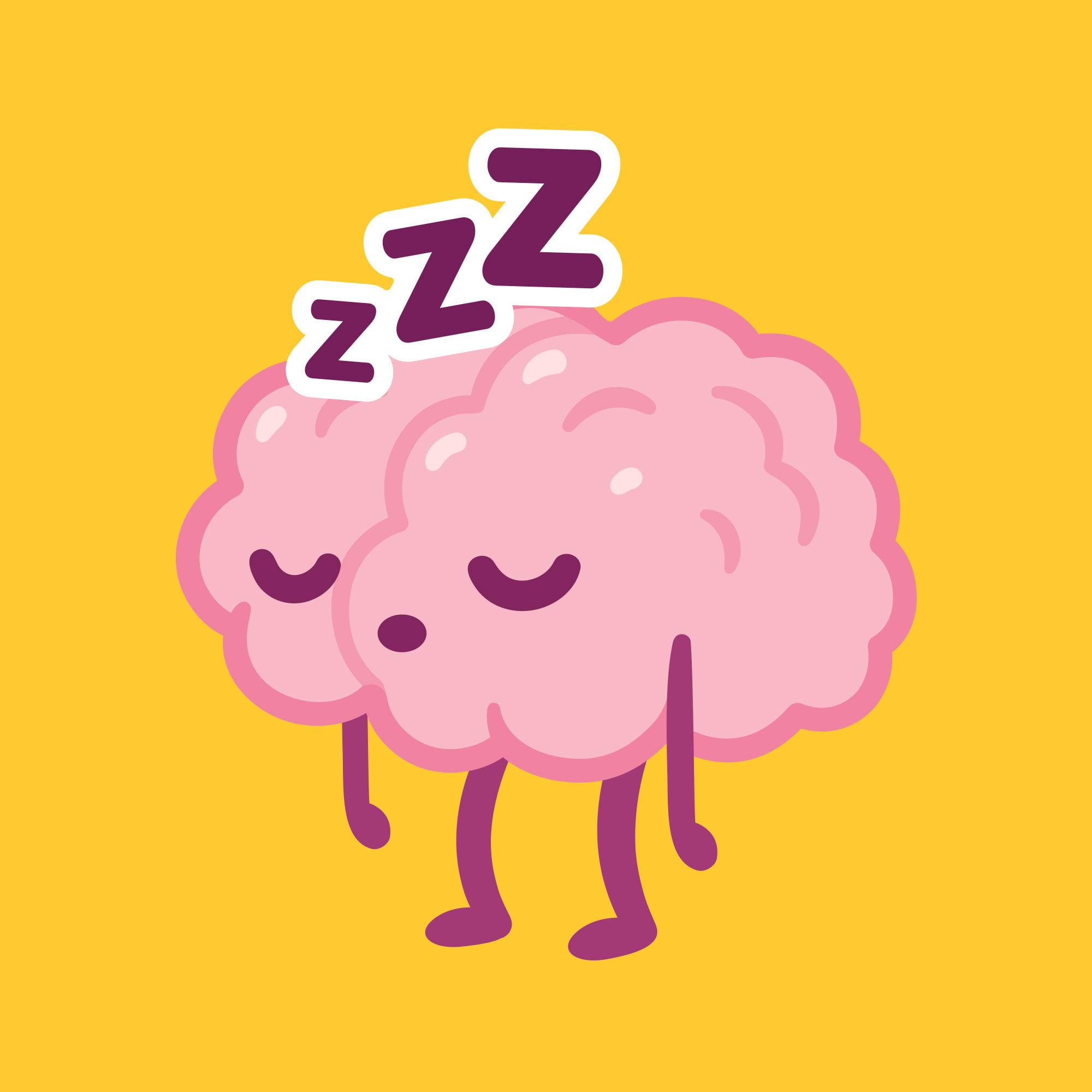
Sleep yourself smart
And then, the bell rings, marking the end of school. Whiteboards are wiped clean and everyone packs up and heads home. You’d think that apart from some homework, that’s pretty much it for the day in terms of learning. But now the latest science is showing that the learning process carries on after we close our eyes and go to bed. We keep learning when we’re asleep. “At night, the brain is extremely active, replaying what has been learned during the day in many rapid variations, enlarging and generalising. It’s part of how we consolidate our knowledge,” Dehaene says, and consolidation is another key ‘pillar of learning’. That kid sleeping at the back of the classroom might have been on to something after all – he just got the timing wrong.
And timing matters when it comes to sleep. One of the most effective immediate interventions to boost learning could be to have schools start later to better align with the shifting biological clocks of teens. Even starting 30 minutes or an hour later already improves performance. The research is so compelling that the American Academy of Pediatrics is now officially recommending that schools start later.
“Every word, every concept we learn is a small conquest that our ancestors passed on to us”
While we normally associate learning with our younger years, it never stops. The principles that help us learn remain the same throughout our lives. Yes, there is room for improvement in current teaching methods, but Dehaene’s message is an inspiring one: we are born to learn and to keep learning. “Through education, we convey to others the best thoughts of the thousands of human generations that preceded us. Every word, every concept we learn is a small conquest that our ancestors passed on to us.”
Main photo: David Leth Williams/Ritzau Scanpix
Help your kids learn
- Spend time (a lot) talking to your child. Don’t avoid difficult words. By the age of three, children learn 20 new words a day.
- Make time for one-on-one interaction and play – kids need lots of it.
- Fill your house with stimulating puzzles and brain teasers.
- Use every opportunity. Long car journey ahead? These are wonderful opportunities to be together, look at the world, discuss and learn.
